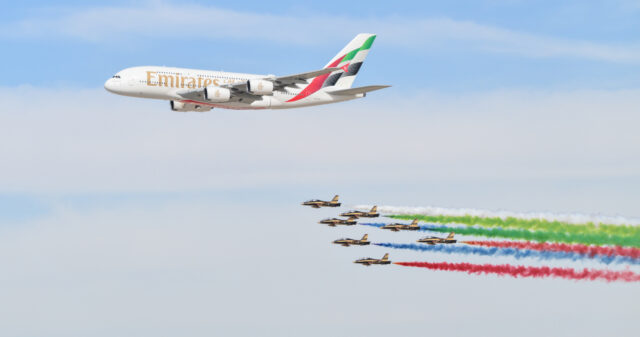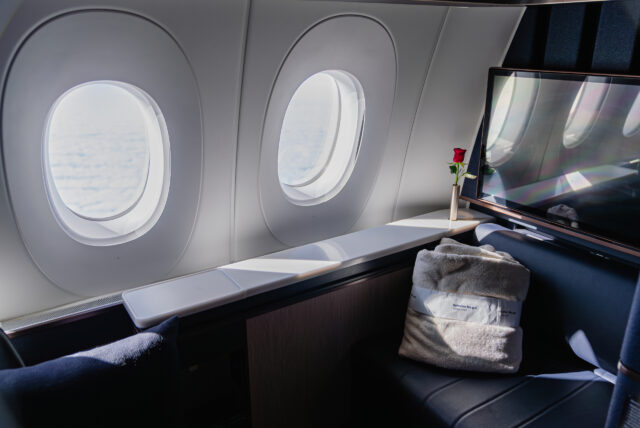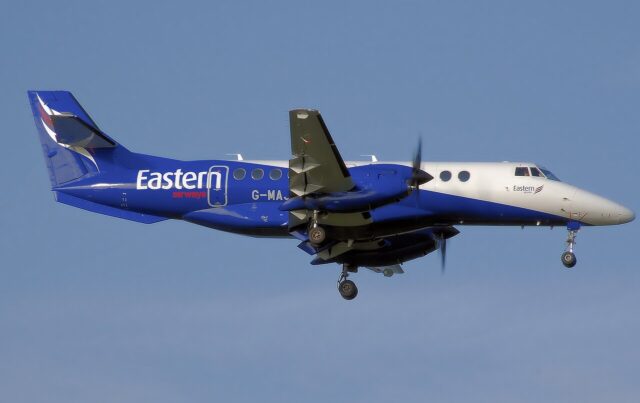New documents reveal Russia’s Su-57 fighters are missing critical systems and plagued by inflated costs

August 19, 2025

Recently published documents show that not only are Su-57s produced in low numbers with inflated costs, but they are also missing important systems due to sanctions.
The Su-57 is highly reliant on Western components, and importing them is a major challenge for Russia.
Russian Su-57s delivered without important systems and overpriced
More information about Russia’s beleaguered Sukhoi Su-57 Felon has recently been revealed. The respected Ukrainian group Frontelligence Insight has published findings from newly obtained classified documents dating from 2021 and 2022, obtained by the analytical company, Dallas.

These documents show issues with the Russian Su-57 immediately before the full-scale invasion of Ukraine in February 2022 and soon after. It is unclear if the situation has worsened for Russia since a suite of new sanctions was introduced.
Frontelligence wrote that the documents show that in 2021 and 2022, the fighter jets were “delivered without targeting pods, leaving them short of their advertised capabilities. At the time, the cost of a single Su-57 was roughly $42.1 million in USD terms.”
Missing Targeting Pods, Inflated Bills: An Exclusive Investigation into the Su-57 Procurement Problems by Frontelligence Insight. 🧵Thread:
— Tatarigami_UA (@Tatarigami_UA) August 16, 2025
1/ Newly obtained classified documents, show that Russia purchased its 5-generation Su-57 fighters for more than 3 billion rubles each; pic.twitter.com/Ik9gzEcjZ2
It should be noted that it is not uncommon for new advanced fighter jets to be accepted without full capabilities.
For example, in 2024, the DoD reached an agreement to temporarily accept F-35s without the full TR-3 upgrade. According to The War Zone, the F-35A’s autocannon couldn’t even operate effectively until 2024.
In 2021, the Russian Defence Ministry formally accepted Su-57s without its 101KS-N, an electro-optical targeting subsystem. The system allows the jet to identify and target surface objects and is an all-weather surveillance and passive infrared detection system.
Frontelligence Insight wrote, “These practices have left the Su-57 program plagued by inflated costs. More significant, however, is the evidence that production delays and aircraft delivered in incomplete form were caused by Western sanctions, which deprived the Su-57 of electronic components.”
‼️ Вперше уражено Су-57
— Defence Intelligence of Ukraine (@DI_Ukraine) June 9, 2024
💥 8 червня 2024 року на території аеродрому «ахтубінск» в астраханській області рф, розташованому за 589 кілометрів від лінії бойового зіткнення, уражено багатоцільовий винищувач держави-агресора Су-57.
🔗 https://t.co/vyatL7cBjd pic.twitter.com/8wbopryp4l
Another issue is that “audits in 2025 of the Komsomolsk-on-Amur Aircraft Plant, part of Sukhoi Corporation, found accounting routinely blurred military and commercial costs. Oversight remained mostly formal, allowing inflated pricing and hidden subsidies.” This increases the scope for components to be billed twice.
Dependence on Western components
Russia is not the Soviet Union and possesses little of the former superpower’s capabilities. While Russia does make aircraft, these are often old Soviet designs upgraded with Western components.

The new Russian-designed commercial Sukhoi Superjet and Yakolev MC-21 were made with 70-90% Western components before the war.
Russia is attempting to substitute Western components, but this is ongoing and causing the MC-21 to be six tons heavier, more expensive, underpowered, and shorter ranged.
The BBC reported in late 2024 that Russia is also looking to put Soviet-era Tu-214s and Il-96 aircraft back into production. But not the modernised variants, the old Soviet variants that didn’t rely on Western components.
After reviewing an internal correspondence leak from a Russian military electronics plant "Mikropribor", Frontelligence Insight, with data provided by @CyberResUa discovered that the production of the Su-57 is in jeopardy without access to crucial Western components. 🧵Thread: pic.twitter.com/WyjIS29e19
— Tatarigami_UA (@Tatarigami_UA) September 25, 2024
The same appears true of military aviation. Seemingly unable to develop a next-generation stealth bomber like the US and China, Russia has resorted to restarting production of its old variable-sweep wing Tu-160 bomber.
New aircraft, like the Su-57, are full of Western components that are now difficult to source.
A low production rate for Su-57 fighter jets
Total Russian fighter jet production (Su-34, Su-30/35, and Su-57) is estimated at under 30 aircraft a year. It is difficult to estimate the number of Su-57s being delivered; some sources say it’s in the single digits, others say it’s 10-11 per year.
In October 2024, The Telegraph claimed the Su-57’s fighter jet was “all but crippled” from sanctions. In December 2024, Defense Mirror estimated that the Russian Air Force received only seven Su-57s in 2024. So far in 2025, at least two examples were delivered in April.

Some estimates put the number of Su-57s in Russian Air Force service by the beginning of 2025 at as few as 19 aircraft, excluding prototypes. For reference, Russia had originally planned to have 60 Su-57s by 2020. FlightGlobal listed 24 examples in service.
Nevertheless, Russia is finding spare Su-57s to export to Algeria, with the delivery of the first examples expected in 2025. Russia plans to acquire 76 Su-57s between 2020 and 2028, which is about equal to six months of Lockheed Martin’s F-35 deliveries.
















